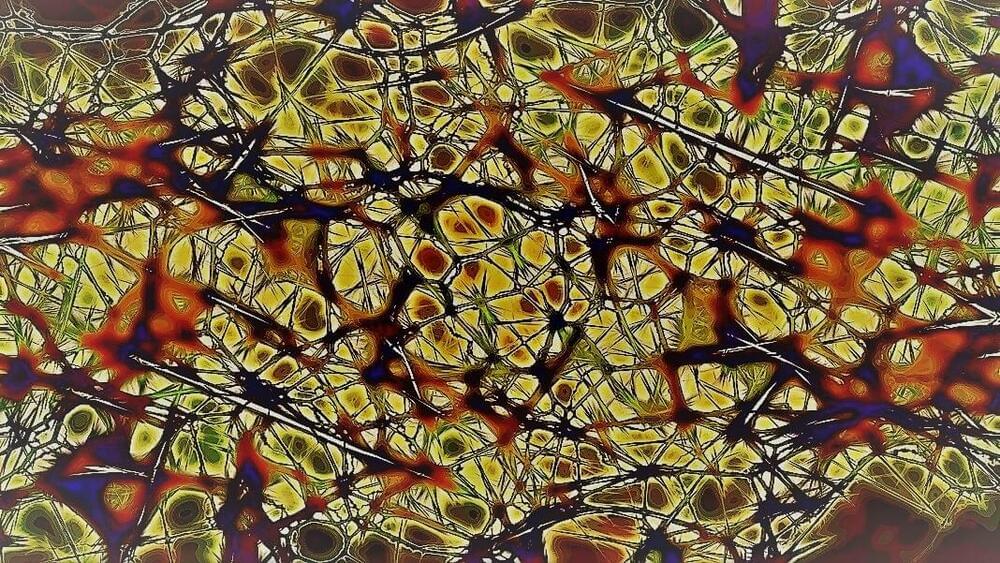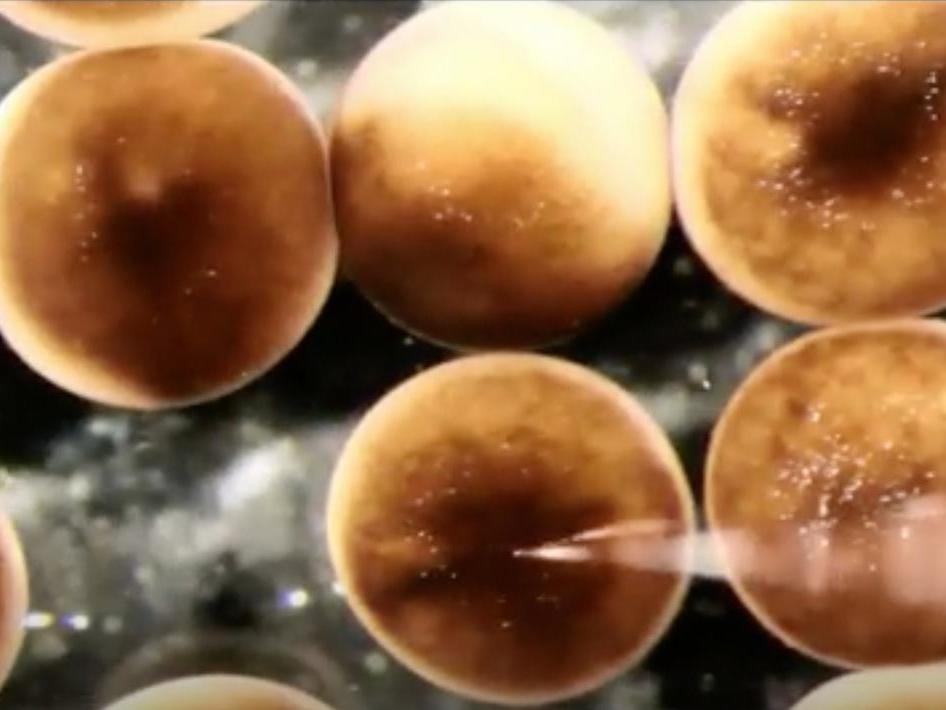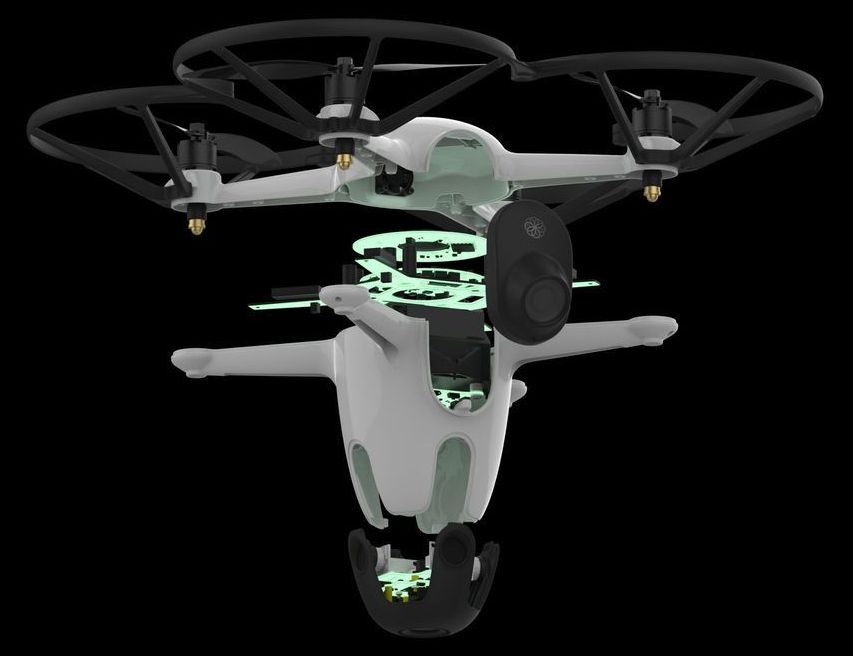The neurons in our cortex, the outermost “crust” of our brain, seem to have uniquely evolved to sustain complex computations in their input cables.



A lack of tools to precisely control gene expression has limited our ability to evaluate relationships between expression levels and phenotypes. Here, we describe an approach to titrate expression of human genes using CRISPR interference and series of single-guide RNAs (sgRNAs) with systematically modulated activities. We used large-scale measurements across multiple cell models to characterize activities of sgRNAs containing mismatches to their target sites and derived rules governing mismatched sgRNA activity using deep learning. These rules enabled us to synthesize a compact sgRNA library to titrate expression of ~2,400 genes essential for robust cell growth and to construct an in silico sgRNA library spanning the human genome. Staging cells along a continuum of gene expression levels combined with single-cell RNA-seq readout revealed sharp transitions in cellular behaviors at gene-specific expression thresholds. Our work provides a general tool to control gene expression, with applications ranging from tuning biochemical pathways to identifying suppressors for diseases of dysregulated gene expression.

In reality, Shudu, who has 196,000 followers on Instagram, is more painting than person. She’s a 3D digital animation made by an Englishman named Cameron-James Wilson, who bills his creation as “the world’s first digital supermodel.”
Influencers, beware: hot bots are coming for your jobs. Shudu is representative of a growing crop of beautiful and highly realistic avatars on social media, created for the sole purpose of gaining followers and making money. And it’s working — these otherworldly beauties are landing lucrative partnerships with the biggest names in fashion, such as Balmain, Calvin Klein and Dior. Social-media-savvy celebrities are embracing them as well; Kim Kardashian, Bella Hadid and Zendaya have all appeared in photos and videos with their digital counterparts. Even top modeling agencies, including IMG and Lipps, have signed on to manage the most popular bots.
“Over the past few years, this has really taken off,” Wilson, who runs the virtual-influencer company the Diigitals, tells The Post. Wilson, 30, now controls the careers of seven robot models who, like human influencers, post sponsored content on social media for money. “My company has grown massively. This is a really lucrative industry.”


Artificial Intelligence can now detect over 50 eyes diseases as accurately as doctors!

In a new report published on Scientific Reports, Milan M. Milošević and an international research team at the Zepler Institute for Photonics and Nanoelectronics, Etaphase Incorporated and the Departments of Chemistry, Physics and Astronomy, in the U.S. and the U.K. Introduced a hyperuniform-disordered platform to realize near-infrared (NIR) photonic devices to create, detect and manipulate light. They built the device on a silicon-on-insulator (SOI) platform to demonstrate the functionality of the structures in a flexible, silicon-integrated circuit unconstrained by crystalline symmetries. The scientists reported results for passive device elements, including waveguides and resonators seamlessly integrated with conventional silicon-on-insulator strip waveguides and vertical couplers. The hyperuniform-disordered platform improved compactness and enhanced energy efficiency as well as temperature stability, compared to silicon photonic devices fabricated on rib and strip waveguides.
Academic and commercial efforts worldwide in the field of silicon photonics have led to engineer optical data communications at the Terabit-scale at increasingly lower costs to meet the rapidly growing demand in data centers. Explosive growth in cloud computing and entertainment-on-demand pose increasingly challenging costs and energy requirements for data transmission, processing and storage. Optical interconnects can replace traditional copper-based solutions to offer steadily increasing potential to minimize latency and power consumption, while maximizing the bandwidth and reliability of the devices. Silicon photonics also leverage large-scale, complementary metal-oxide semiconductor (CMOS) manufacturing processes to produce high-performance optical transceivers with high yield at low-cost. The properties allow applications of optical transceivers (fiber optical technology to send and receive data) to be increasingly compelling across shorter distances.
More than three decades ago, physicist Richard Soref identified silicon as a promising material for photonic integration. Leading to the present-day steady development and rapid production of increasingly complex photonic integrated circuits (PICs). Researchers can integrate large numbers of massively-parallel compact energy-efficient optical components on a single chip for cloud computing applications from deep learning to artificial intelligence and the internet of things. Compared to the limited scope of commercial silicon photonic systems, photonic crystal (PhC) architectures promise smaller device sizes, although they are withheld by layout constraints imposed by waveguide requirements along the photonic crystal’s axis. Until recently, photonic band gap (PBG) structures that efficiently guide light were limited to photonic crystal platforms. Now, newer classes of PBG structures include photonic quasicrystals, hyperuniform disordered solids (HUDs) and local self-uniform structures.

Brain cancer remains challenging to diagnose, due to nonspecific symptoms and a lack of cost-effective tests. A new blood test that uses attenuated total reflection (ATR)-Fourier transform infrared (FTIR) spectroscopy in conjunction with machine learning technology, may help advance the detection of brain cancer.
The patented technology, developed by a team at the University of Strathclyde, uses infrared light to produce a “bio-signature” of a blood sample and applies artificial intelligence to check for the signs of cancer.
The research is published in Nature Communications in a paper titled, “Development of high-throughput ATR-FTIR technology for rapid triage of brain cancer.”


One of the new products unveiled at CES this year is a new kind of home security system — one that includes drones to patrol your property, along with sensors designed to mimic garden light and a central processor to bring it all together.
Sunflower Labs debuted their new Sunflower Home Awareness System, which includes the eponymous Sunflowers (motion and vibration sensors that look like simple garden lights but can populate a map to show you cars, people and animals on or near your property in real time); the Bee (a fully autonomous drone that deploys and flies on its own, with cameras on board to live-stream video); and the Hive (a charging station for the Bee, which also houses the brains of the operation for crunching all the data gathered by the component parts).
Roving aerial robots keeping tabs on your property might seem a tad dystopian, and perhaps even unnecessary, when you could maybe equip your estate with multiple fixed cameras and sensors for less money and with less complexity. But Sunflower Labs thinks its security system is an evolution of more standard fare because it “learns and reacts to its surroundings,” improving over time.